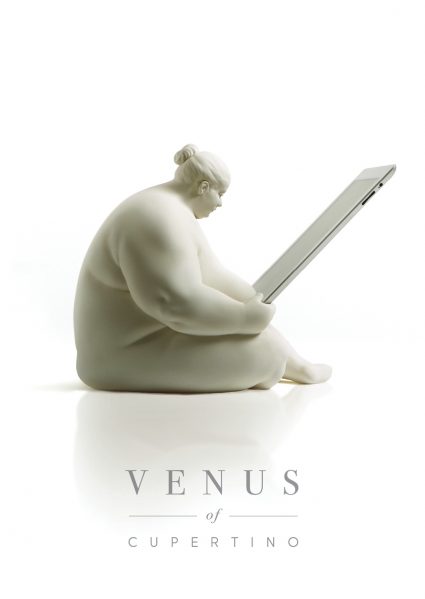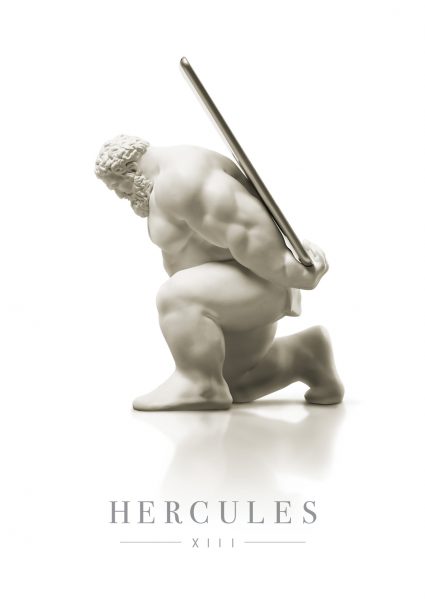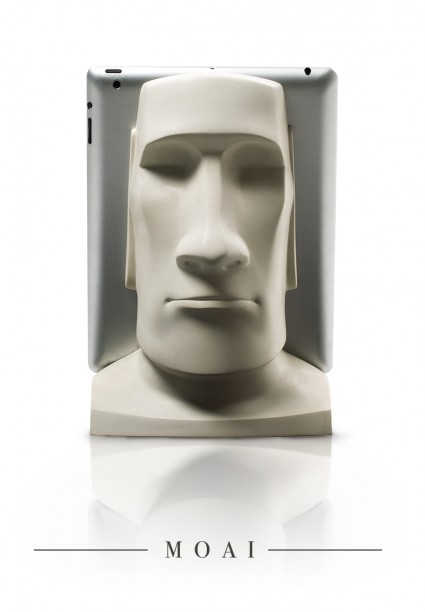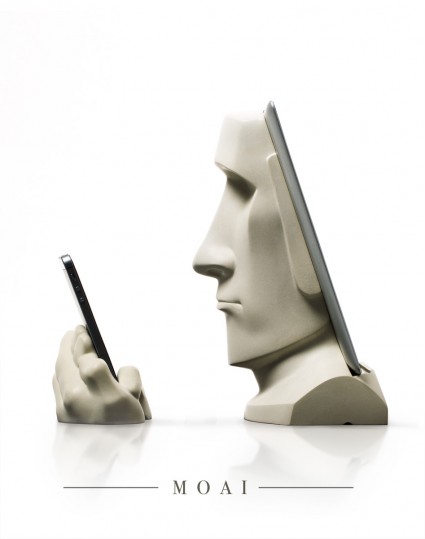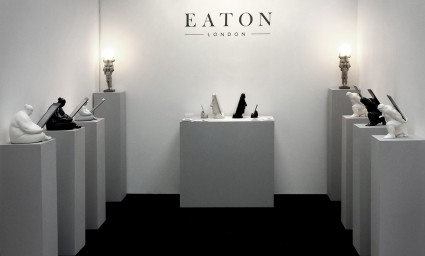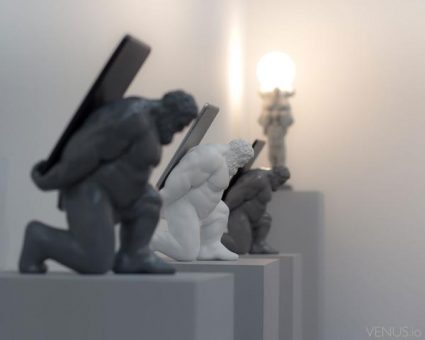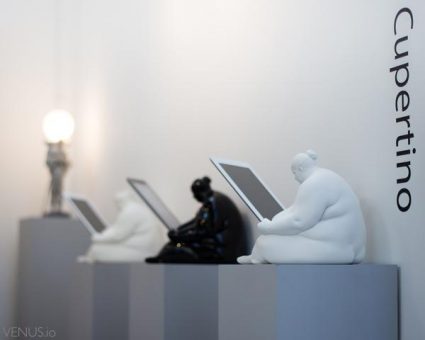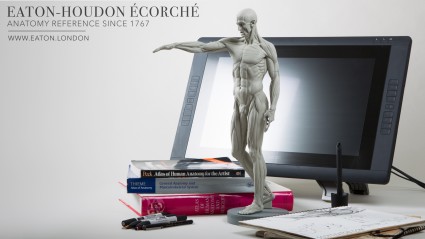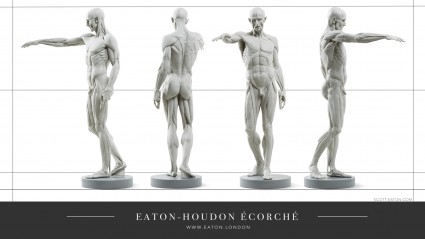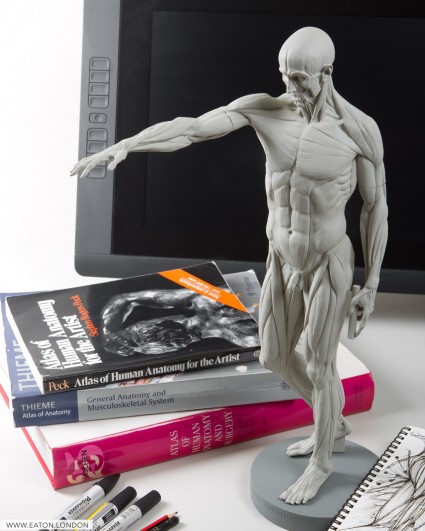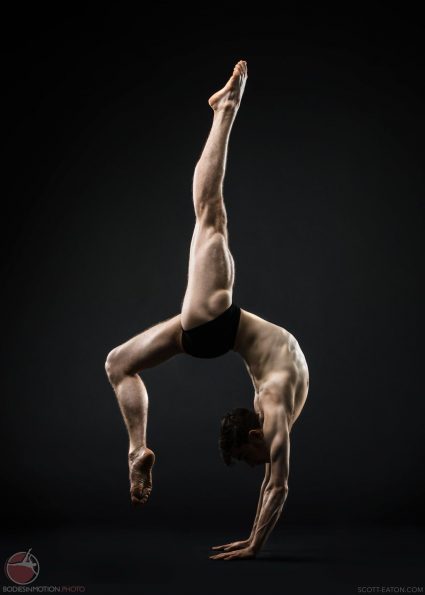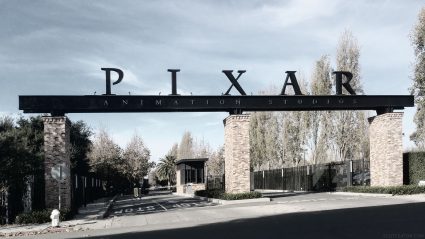
I’ve recently returned to London after a busy couple weeks on the West Coast – this trip taking me back to Blizzard Entertainment and Pixar for anatomy talks and workshops. I’ve been to both studios a number of times in recent years, but this visit was for something new – the inaugural sessions of my Comparative Anatomy for Artists course.
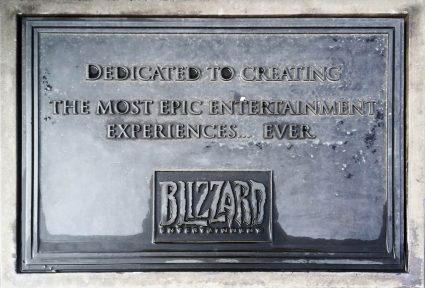 .
.
What is comparative anatomy? Simply, it is the study of animal anatomy. More accurately though, it is the study of the relationships between the homologous anatomical structures of different animal species. For example, how a horse’s humerus (upper arm bone) differs from a human’s, and how that differs from a mole rat’s, or elephant’s, or dolphin’s in structure, function, and appearance (unbelievably yes, a dolphin has a humerus, as well as forearm, hand, and finger bones, all hidden in its front flipper!). There is a treasure trove of fascinating and bewildering adaptations that have taken place in the natural world to fit the general “animal vertebrate body plan” to many different environments and ecosystems. This course explores these amazing adaptations and how we apply this knowledge artistically to create, imagine, sculpt, draw, and animate better animals and creatures.
My Comparative Anatomy for Artist course will be running in London in the Spring of 2018, dates to be announced (sign up to the mailing list for news). If you are a games/visual effects/animation studio interested in an onsite workshop, please get in touch.
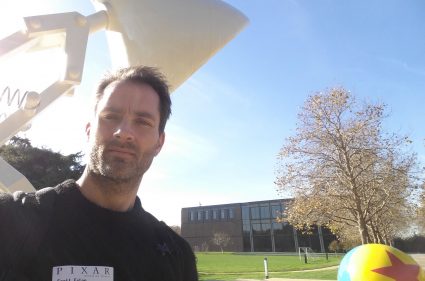 With the giant Luxo Jr sculpture outside Pixar’s lobby
With the giant Luxo Jr sculpture outside Pixar’s lobby
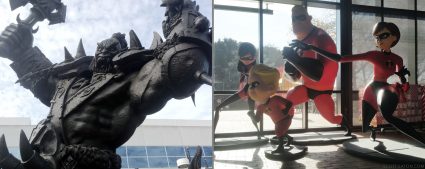 Orc v. the Incredibles, a battle of campus art
Orc v. the Incredibles, a battle of campus art

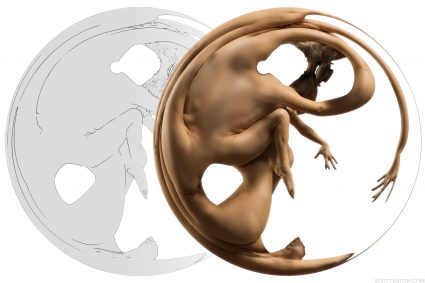
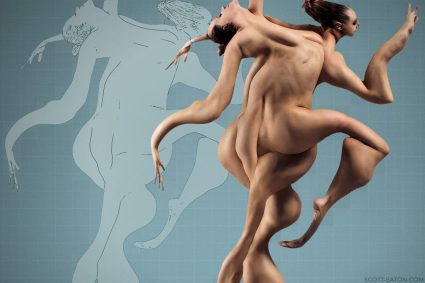
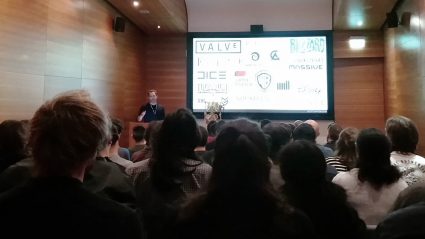
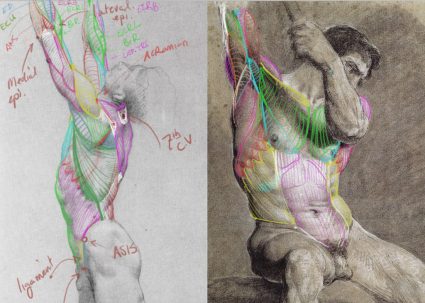
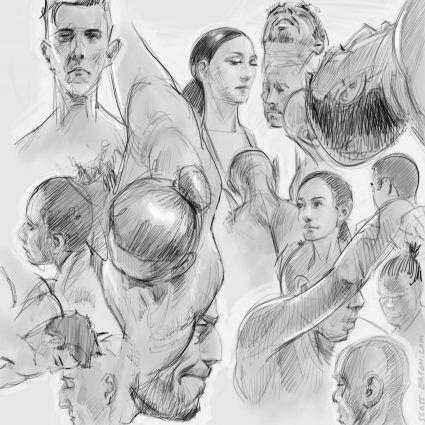
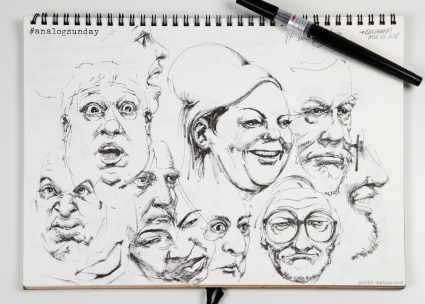 expression studies from
expression studies from 



